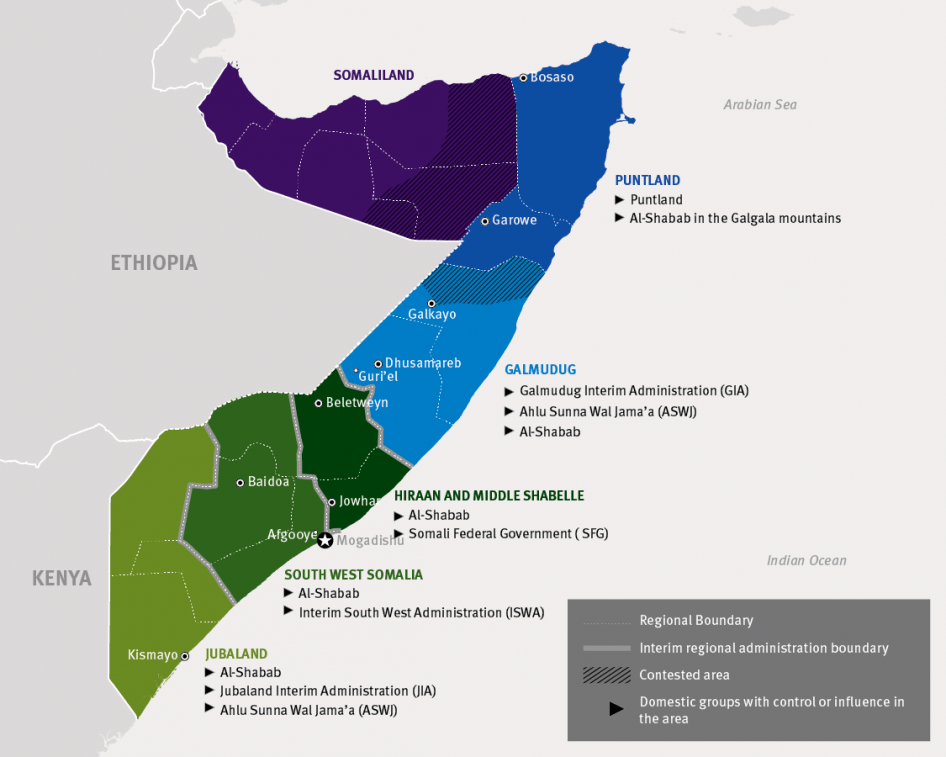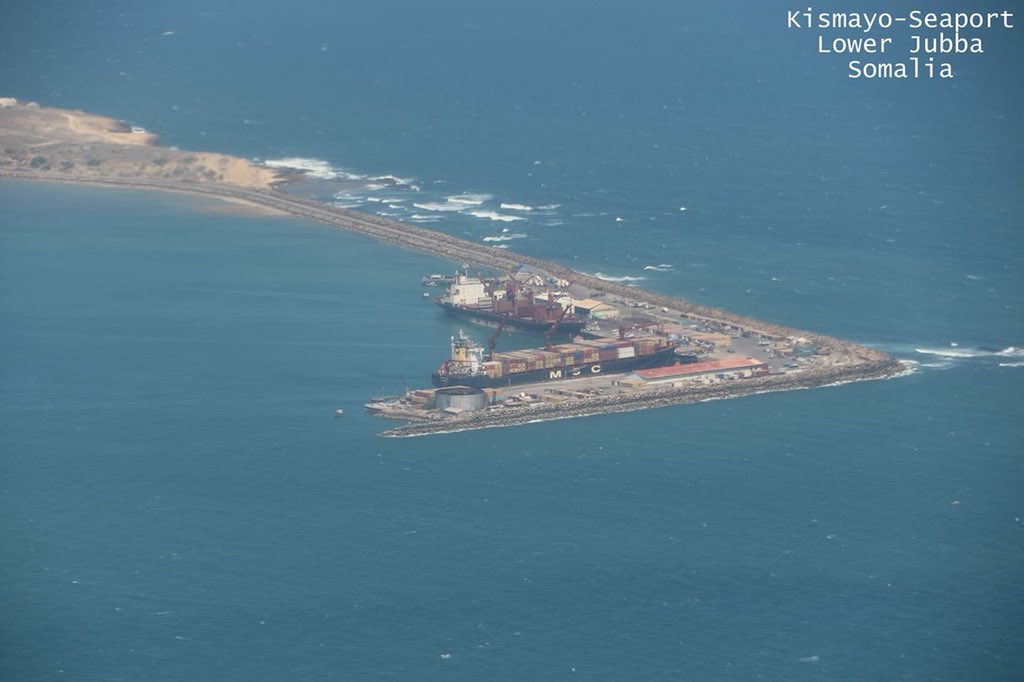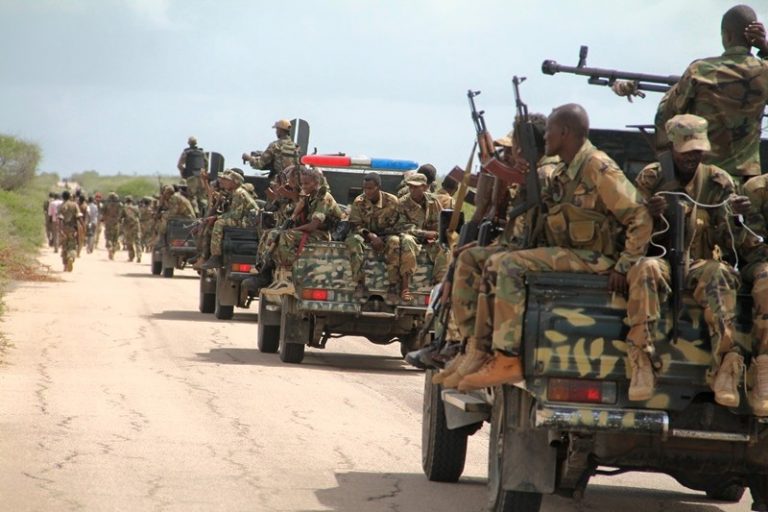Clashes between the Somali army, commanded by the federal government, and Jubbaland security forces (Daraawiish) loyal to state leader Ahmed Madobe can intensify divisions that help Islamist insurgents and may exacerbate regional frictions.
Such clashes also encourage Kenya to step up its political and military support of Jubbaland, so as stimulate foreign actors like Ethiopia to get involved in Somalia’s developments more actively.

On March 2, fighting erupted in south Somalia Jubbaland’s Balad Hawo district between the national army and that regional forces.
Jubbaland borders Kenya and is one of five semi-autonomous states in Somalia. Kenya already said Somali troops destroyed Kenyan properties in the town of Mandera, which lies along the shared border. Kenya has also accused Somalia of violating its territorial integrity.
In this way Kenia tries to secure and support its ally.
Sheikh Ahmed Islam Madobe is a former warlord whose Ras Kamboni militia supported Kenyan troops since they entered Somalia in 2011 as part of the African Union contingent designed to stabilize Somalia.

The re-election of Jubbaland’s President Ahmed Islam Madobe last summer is a major setback for Somalian President Mohamed Abdullahi Farmaajo’s efforts to gain control over Somalia’s federal states and establish a strong central government. Farmaajo thinks that Madobe weakens his position, represents the interests of Kenya (while he is supported by Ethiopia), breaking the process of Somalia’s integration under the center in Mogadishu.

The President Farmaajo in the end of 2019 has been reaching out to Puntland and Galmudug, leaving out Jubbaland as the only state committed to non-co-operation that was declared by the five states in September 2018.
Sheikh Madobe won a second term by garnering 56 of the 74 votes cast by members of parliament with support of his militia, despite the strong opposition from Mogadishu, backed by Addis-Ababa. Madobe was the member of the Islamic Courts Union (ICU) that was overthrown by Ethiopian National Defense Force. Thus, Madobe and Farmaajo’s relations are rather dominated by Ethiopian influence than interpersonal ties.
Madobe is the ally of Kenya, which helped build his forces and cement his rule, but is detested by neighboring Ethiopia, which has backed the central government.
Kenya supports Madobe because Jubbaland is the buffer zone for the East Africa region. Somalia’s stability is important in the context of 2021 presidential election, and the Kenya-Somalia relations impact the resolution of the maritime boundary dispute.
Jubbaland’s capital Kismayo is a strategically important port that was a principal source of al Shabaaab funding. Kenya helped Madobe oust al Shabaab from Kismayo in 2012.
One of only three deepwater ports in Somalia, Kismayo’s proximity to northern Kenya and Ethiopia has for decades made it integral to a thriving business of arms, sugar and drugs smuggling across porous east African borders.
Intelligence sources say the contraband route from Kismayo to the northern Kenyan town of Garissa has three layers, comprising sugar and electronics, hard drugs from Afghanistan and Pakistan region, as well as explosives and weapons.

In 2018 the trading cycle in Kismayo involved sugar as well. International shipping companies delivered sugar at the port of Kismayo, exchanging it for charcoal. This sugar was then smuggled to the East Africa region where the demand is high, especially in neighboring Kenya. The turnover from this cycle amounted to more than $100 million each year.
Both Kenya and Ethiopia have troops in Somalia as part of an African Union-led peacekeeping force. However, the AU peacekeepers, Somali federal government and local states are all supposed to be fighting the al Shabaab insurgency that was linked to al Qaeda and has been battling central government since 2008. But in fact, instead of it, some are fighting each other.
Such trends are also likely to cause risks of entangling neighboring Ethiopia and Kenya in Somalia’s conflict. The Jubbaland situation can escalate very rapidly by the influence of external actors. Jubbaland information minister Abdi Hussein Sheikh Mohamed in his comment to Reuters blamed national troops accompanied by Ethiopian troops for attacking Jubbaland forces. According to his opinion, if the Somali government continues fighting the Somali states, then al Shabaab will get the chance to capture Somalia.
However, it appears that the main gain for Mogadishu is to establish the control over states at any cost. Federal government (FGS) considers that a strong partnership between Mogadishu and the regions is vital to a unified counterinsurgency effort.
The FGS also wants:
- To show international community its ability to integrate the country and continue to receive the international aid;
- To integrate states into joint economy budgetary system to decrease the dependence on foreign states and organizations.
- For many of the prominent figures in Mogadishu, fighting al-Shabaab is sometimes almost a secondary consideration; maneuvering for power, influence, and profit is often far more important.

Some of Somalia’s states accuse the government of meddling in local elections to entrench allies ahead of national polls scheduled for this year.




